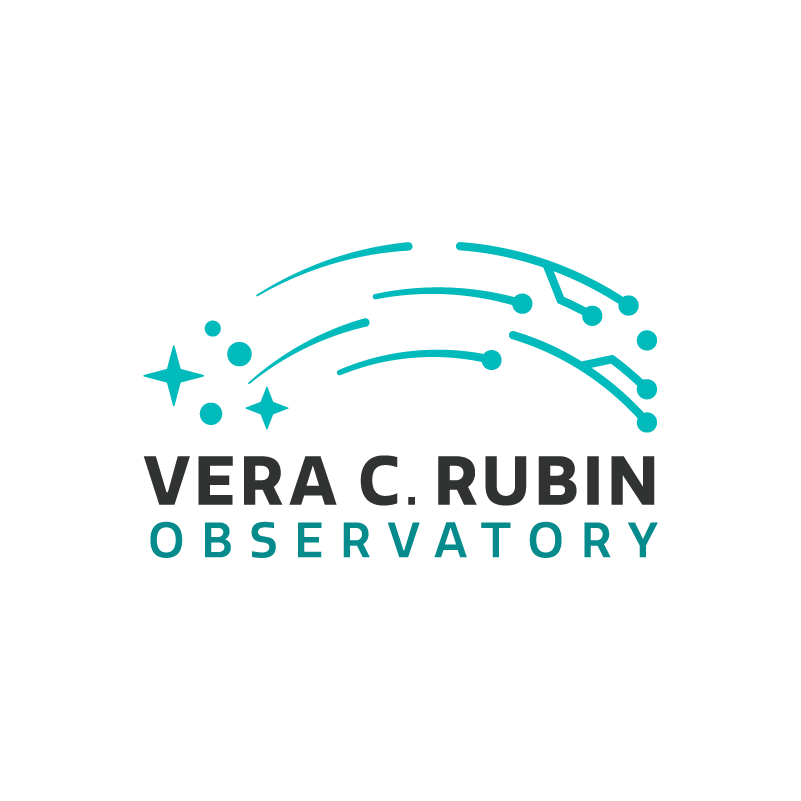Installing the Biggest Camera in the World
4 April 2025
This month marks an exciting point in the progress of astronomy technology: the largest camera ever designed for astronomical observations will open its eye on the Universe for the first time. The NSF–DOE Vera C. Rubin Observatory LSST Camera was successfully installed on the Simonyi Survey Telescope in early March. It is now in the last phase of testing before capturing its long-awaited and highly anticipated First Look images, followed by the start of the Legacy Survey of Space and Time (LSST). This achievement results from over a decade of dedicated work by a global team of scientists and engineers.
NSF–DOE Vera C. Rubin Observatory is jointly funded by the U.S. National Science Foundation (NSF) and the U.S. Department of Energy’s Office of Science (DOE/SC). Rubin Observatory is a joint Program of NSF NOIRLab and DOE’s SLAC National Accelerator Laboratory. NSF NOIRLab is managed by the Association of Universities for Research in Astronomy (AURA) and SLAC is operated by Stanford University for the DOE.
The LSST Camera holds two impressive world records: It boasts the highest resolution of any digital camera and features the largest high-performance optical lens ever created. Fully assembled, the camera weighs approximately 2800 kilograms (6200 pounds) and is roughly the size of a small car, and nearly twice as heavy.
At the heart of the LSST Camera lies its extraordinary 3200-megapixel image sensor. This sensor measures incoming light at each pixel location and converts that information into electrical signals, which are then used to construct detailed digital images. Each image captures about ten square degrees of sky — an area roughly equivalent to 45 full Moons. The incredibly high resolution would require nearly 400 Ultra HD TV screens to display all the detail in a single image!
To put this into perspective, a typical smartphone camera has a 12-megapixel sensor. You can illustrate this for your classroom using a bag of mini marshmallows. If one marshmallow represents a 12-megapixel smartphone image, you would need 267 marshmallows to match the resolution of a single LSST Camera image.
The LSST Camera’s ability to detect light is equally remarkable. The imaging sensors can spot objects 100 million times dimmer than those visible to your eyes — a sensitivity that would let you see a candle from thousands of miles away.
The camera’s largest lens (L1) measures 1.57 meters (5 feet, 1 inch) across and is the outermost of three precision-aligned lenses that ensure sharp, clear images. The other lenses are 1.10 meters (L2) and 0.69 meters (L3) in diameter. The L3 lens also doubles as the vacuum window for the cryostat, which houses the sensors and readout electronics. To maintain optimal performance, the CCDs in the cryostat are cooled to -100°C (-148°F) using a mix of ten liquids and gases.
Unlike typical cameras that rely on red-green-blue filters, the LSST Camera employs six different filters to expand its superhuman range of vision from ultraviolet to near-infrared wavelengths. Each filter is optimized to enhance data collection for different types of scientific research.
Rubin Observatory’s Coloring the Universe investigation introduces students to how filters work and how they can use Rubin filters to create colorful data visualizations of astronomical images.
More information, videos, and visuals about the LSST Camera may be found on the Rubin Observatory and the SLAC National Accelerator Laboratory websites.
The LSST Camera was built at SLAC National Accelerator Laboratory in California, funded by the U.S. Department of Energy's Office of Science. Collaborators included Brookhaven National Laboratory, which assembled the CCD sets; Lawrence Livermore National Laboratory, responsible for designing and building the lenses and filters; and the National Institute of Nuclear and Particle Physics at the National Center for Scientific Research (IN2P3/CNRS) in France, which contributed to the sensor and electronics design as well as the camera's filter exchange system.
Contacts
Ardis Herrold
Senior Education Specialist
Rubin Observatory
Email: ardis.herrold@noirlab.edu




